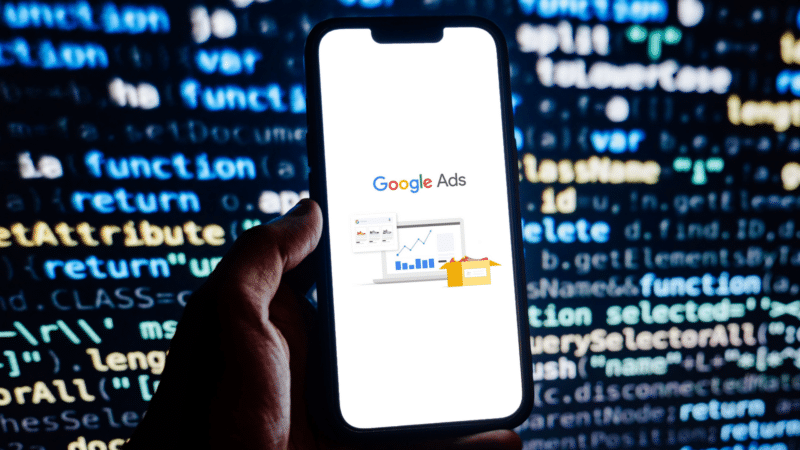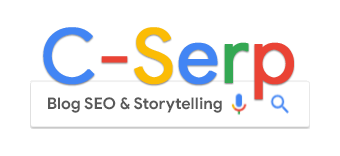Google Ads adds device targeting to Performance Max campaigns

Google Ads rolled out device targeting options for Performance Max (PMax) campaigns, which gives you granular control that was previously unavailable at the campaign level.
The new targeting options appear in PMax campaign settings. You can now include or exclude specific device types
You can now gain critical control over which devices see your Performance Max ads, a long-requested feature that allows for more precise campaign management and optimization.

Details. The update allows targeting across four distinct device categories:
- Computers: Desktop or laptop devices with screens larger than 7″ diagonal.
- Mobile phones: Hand-held devices with phone capabilities.
- Tablets: Mobile devices without phone functionality.
- TV screens: Smart TVs, gaming consoles, and streaming devices like Chromecast (available only for Display and Video campaigns).
Why we care. This feature enables marketers to create device-specific strategies (like excluding low-converting TV screens from B2B campaigns or focusing on mobile devices when targeting on-the-go consumers), potentially improving ROI and campaign performance. For the first time, you can tailor your automated PMax campaigns to match business goals and customer journey across different devices, addressing a long-standing frustration with Google’s black-box automation.
Between the lines. The addition addresses a significant pain point for advertisers who previously lacked visibility into device performance at the campaign level.
Marketing experts suggest this opens up tactical opportunities:
- B2B campaigns can now exclude TV screens to focus on business-relevant devices.
- Brands can create mobile-only segments to align with mobile-optimized landing pages.
- Campaigns can be tailored to device-specific user behaviors and conversion patterns.
What to watch. How quickly advertisers adopt this feature and whether Google continues expanding PMax customization options in response to advertiser demand for greater transparency and control.
First seen. This update came to our attention when it was shared by Thomas Eccel, head of Google Ads at JvM IMPACT, on LinkedIn.
Bottom line. This update represents another step in Google’s gradual shift toward giving advertisers more control over Performance Max campaigns while maintaining the AI-driven automation that powers them.


